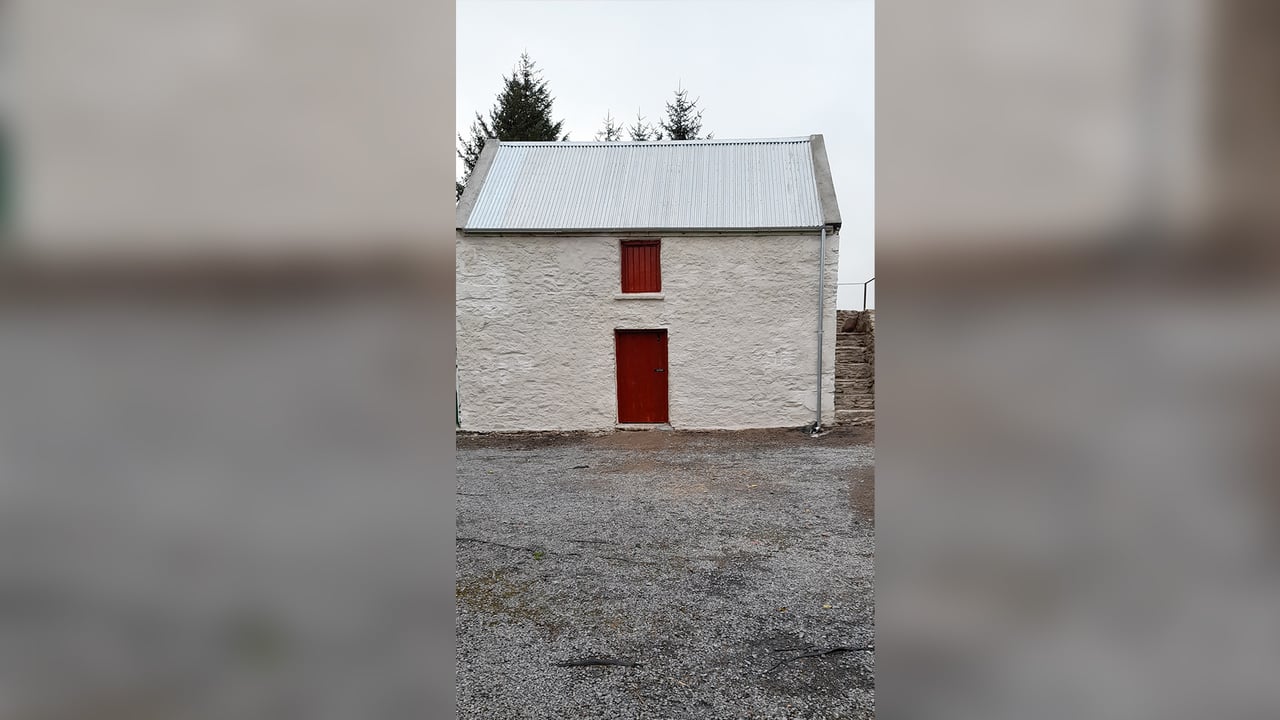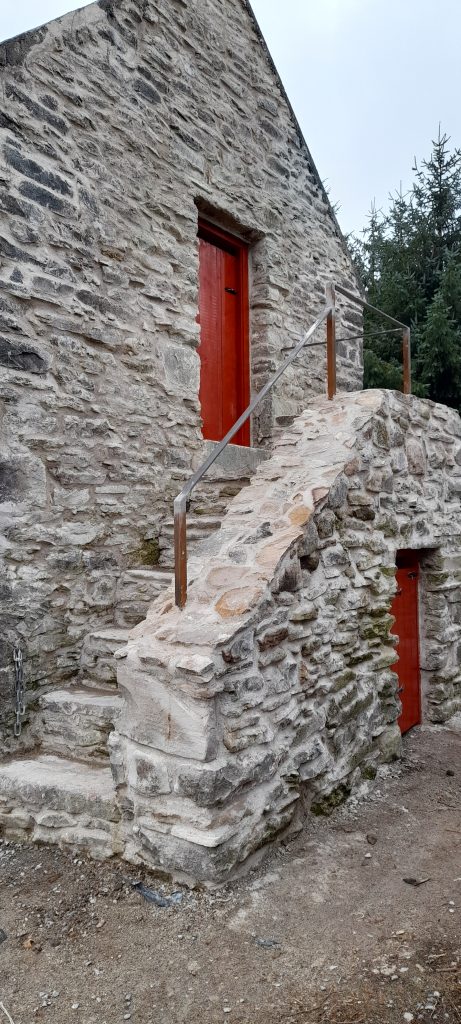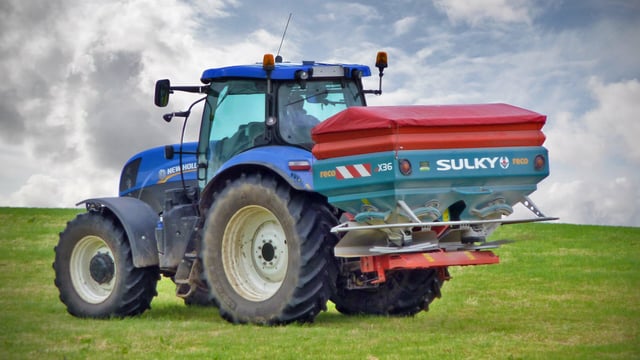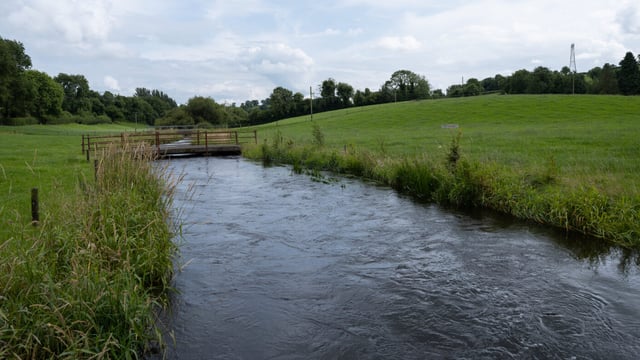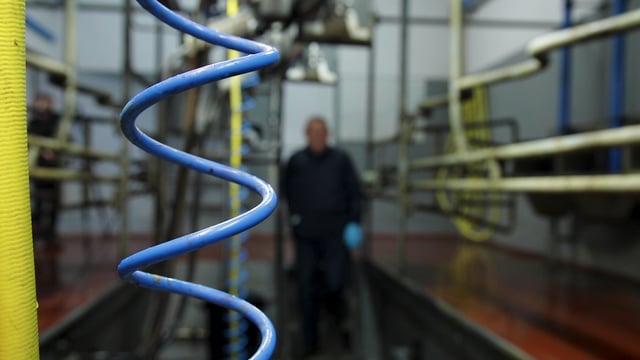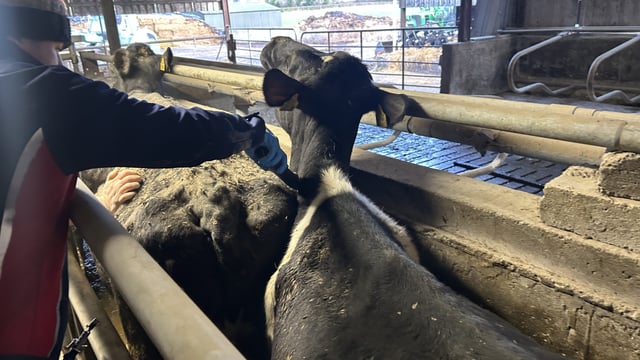Grant scheme funds restoration of Mayo granary and adjoining duck sty
Co. Mayo farmer John Kilcoyne repaired and restored a traditional old granary and adjoining duck sty, part of a group of buildings in his farmyard at Kilgarriff, near Charlestown.
John told Agriland that he was supported by funding from the Traditional Farm Buildings Grant Scheme 2025 for this project.
He explained: "The objective of the scheme is to ensure that traditional farm buildings and other related structures that contribute to the character of the countryside and are of significant heritage value, are conserved for active agricultural use.
"This cherished stone building, constructed using traditional techniques, is on a site where a farm building has been in place since the early 1900s."
The building has now been brought back to life with sensitivity and respect for its original construction.
Restoration
The latest granary on the site at Kilgarriff was constructed in the 1930s. There is also a loft which was used for the storage of hay and oats.
"The granary downstairs was used for housing cows, with the original flagstones in place for separating the animals," said John.
The original building belonged to John’s grandparents, and he did not want to lose it as his grandparents were once part of the original family homestead.
John outlined the traditional materials that were used for the restoration.
"Lime mortar, a material that has been used for centuries, was chosen for the work not only for its authenticity but for its long-term benefits," he said.
"Unlike modern cement, lime mortar is flexible and breathable allowing stone walls to move naturally and release moisture crucial for the health and longevity of older structures."
The whole building was re-pointed and re-roofed. A bat entrance was added in the gable wall, as well as spacing over a number of the doors to allow access for wildlife.
"The building was once at risk of decay with the passage of time," John said.
He noted that it is now not only restored for agricultural use, "it is more importantly safe and secure for generations to come".
"These future generations can see our past brought back to life and understand both how the building once operated, as well as get a sense of how rural life once was," John said.
"Heritage preservation has a real and lasting impact, not only on the physical landscape but on the people who live within it," he contended.
John expressed thanks to the Department of Agriculture, Food and Marine and the Heritage Council for their support in the repair and restoration of this heritage building.

